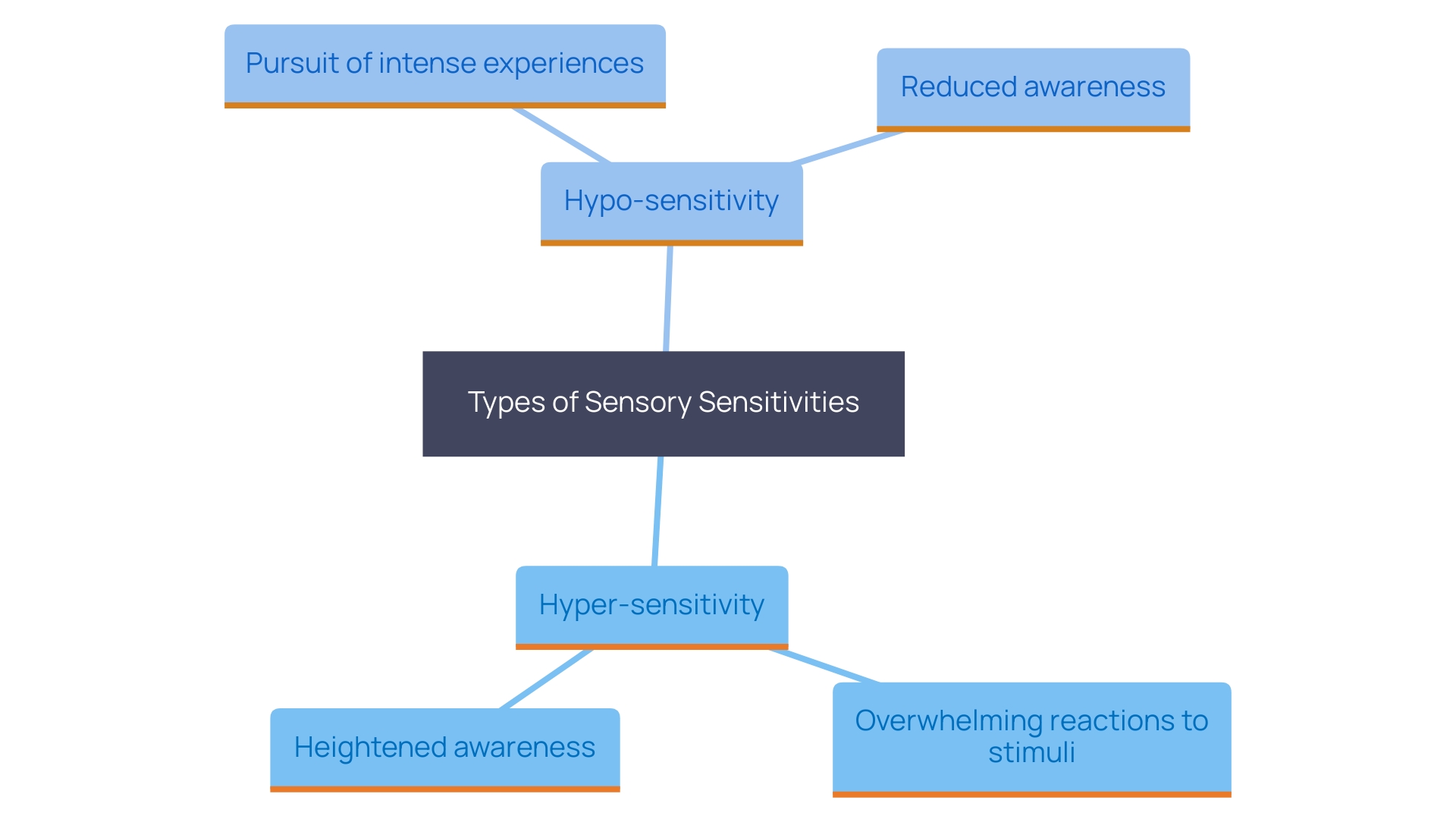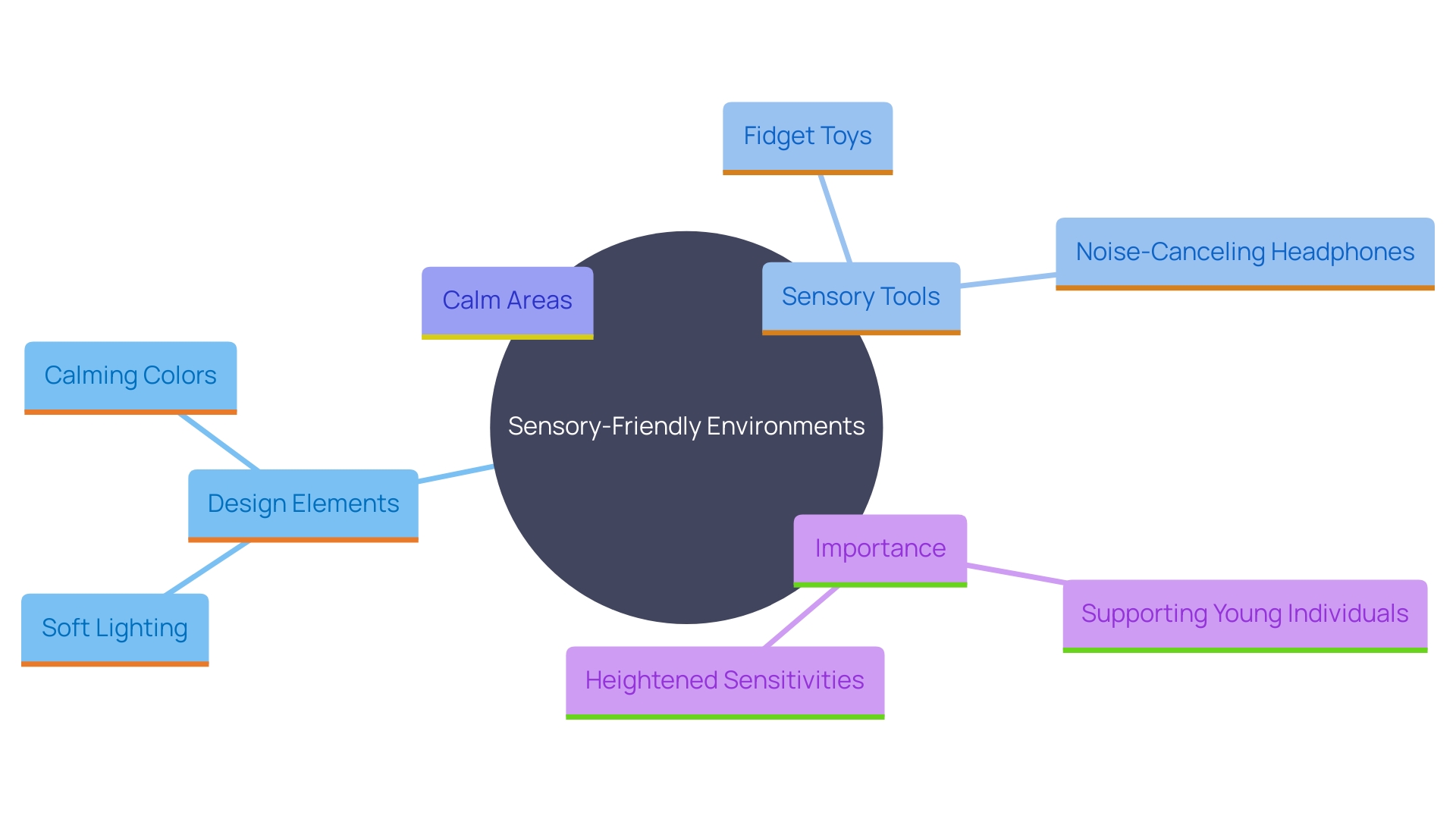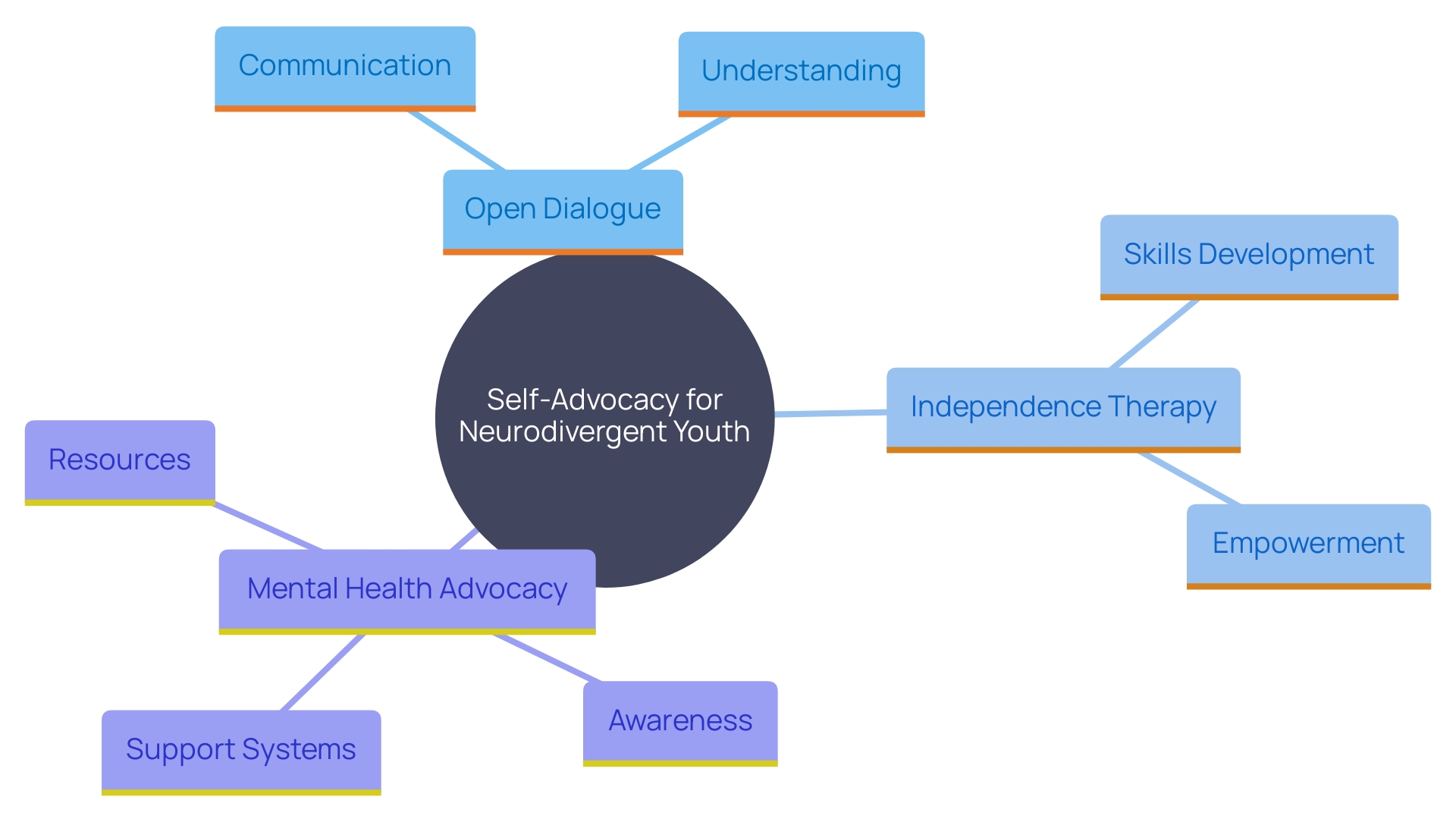Introduction
Sensory differences are a fundamental aspect of how individuals perceive and interact with their environment, particularly for neurodiverse children, such as those on the autism spectrum. These variations in sensory perception can significantly influence daily activities and emotional well-being, underscoring the importance of understanding and accommodating these unique experiences. By delving into the intricate relationships between motor, sensory, and cognitive processes, particularly in activities like feeding, dressing, and playing, greater insights can be gained into the developmental needs of neurodivergent children.
Sensory sensitivities generally manifest in two main forms: hyper-sensitivity, where stimuli are overwhelming, and hypo-sensitivity, where there is a craving for intense sensory input. Recognizing these sensitivities is crucial for developing effective strategies to help children manage their sensory experiences.
Creating sensory-friendly environments involves thoughtful adjustments such as soft lighting, noise reduction, and the use of calming colors. Providing sensory tools like fidget toys or noise-canceling headphones can also make a significant difference. These environments are designed not just for comfort but to support the unique needs of each child, ensuring they can thrive.
Empowering neurodivergent children through self-advocacy is essential, enabling them to express their sensory needs and preferences confidently. Teaching these skills fosters independence and self-confidence, aligning with broader efforts to advocate for mental health resources for children with developmental disabilities. By encouraging open communication and using positive, age-appropriate language, children can better understand and manage their sensory worlds.
What are Sensory Differences?
Sensory differences encompass the unique ways individuals perceive and respond to stimuli in their environment, such as sight, sound, touch, taste, and smell. These variations can be particularly pronounced in neurodiverse individuals, including those on the autism spectrum, affecting their daily activities and emotional well-being. Research highlights the complex interplay between motor, perceptual, and cognitive processes in activities like feeding, dressing, and playing, particularly in autistic development. By comprehending these perceptual experiences from the viewpoints of neurodivergent youth and adolescents, we can more effectively modify surroundings and offer essential assistance to improve their quality of life.
Types of Sensory Sensitivities
Sensory sensitivities can manifest in two primary forms: hyper-sensitivity (over-responsiveness) and hypo-sensitivity (under-responsiveness). Hyper-sensitive individuals often find certain stimuli like sounds, textures, or lights overwhelming, leading to heightened anxiety or even meltdowns. Conversely, hypo-sensitive individuals may actively pursue intense experiences, such as spinning or jumping, to feel more grounded or stimulated. This comprehension is vital as it enables the creation of individualized plans to assist young people in managing their perceptual environment more efficiently.

Creating Sensory-Friendly Environments
Developing environments that are friendly to the senses necessitates careful design modifications to suit sensitivities and guarantee comfort. Incorporating soft lighting can significantly reduce overstimulation, while minimizing noise levels helps maintain a calm atmosphere. Using calming colors, such as blues and greens, can have a soothing effect on the mind and body, promoting relaxation and focus. Creating calm areas enables young individuals to withdraw and manage themselves when necessary.
Furthermore, providing tactile tools such as fidget toys or noise-canceling headphones can be highly beneficial. These instruments assist young individuals in handling their experiences and preserving a feeling of control over their surroundings. Creating such spaces extends past simple beauty; it entails establishing a practical and tailored refuge that accommodates the distinct requirements of every young individual. By tackling both overstimulation and understimulation, we can create environments where young individuals with heightened sensitivities can flourish.

Empowering Neurodivergent Children through Self-Advocacy
Self-advocacy is an essential ability for neurodivergent youth, enabling them to express their needs and preferences related to their experiences. Instructing young ones to articulate their experiences encourages self-sufficiency and enhances self-assurance. Pediatric occupational therapist Kara from Florida shares her success in implementing independence therapy, which has significantly assisted youngsters in taking charge of their environments. By promoting open dialogue regarding what helps or obstructs their comfort, young ones learn to actively control their environments. This approach aligns with advocating for mental health resources for youth with developmental disabilities, as highlighted by The Arc of the United States and the United Health Foundation. It highlights the significance of equipping youngsters with the resources they require to explore their perceptual environments efficiently. As one expert suggests, framing issues positively and using age-appropriate language can further support children in understanding and managing their sensory needs.

Conclusion
Understanding sensory differences is essential for supporting neurodiverse children, particularly those on the autism spectrum. These unique perceptions can impact daily activities and emotional well-being, emphasizing the need for tailored strategies that address individual sensory sensitivities. By recognizing the distinctions between hyper-sensitivity and hypo-sensitivity, caregivers can create personalized approaches that empower children to navigate their sensory environments with greater ease.
Creating sensory-friendly spaces plays a pivotal role in enhancing the quality of life for neurodivergent children. Thoughtful adjustments, such as soft lighting, reduced noise levels, and calming colors, can transform environments into supportive havens. The inclusion of sensory tools like fidget toys and noise-canceling headphones further aids in managing sensory input, allowing children to experience comfort and control in their surroundings.
Empowering children through self-advocacy is a critical component of this journey. By equipping them with the skills to express their sensory needs, caregivers foster independence and confidence. Encouraging open dialogue and positive framing of sensory experiences enables children to take charge of their interactions with the world.
This holistic approach not only supports individual growth but also aligns with broader advocacy efforts for mental health resources tailored to children with developmental disabilities.
Ultimately, a comprehensive understanding of sensory differences, coupled with intentional environmental design and self-advocacy, lays the groundwork for a fulfilling and empowered life for neurodiverse children.




